Useful Apps to Have in Seoul
One of the great things about Seoul is its technology and infrastructure, it is so easy to navigate through the city! Here are apps that I think are essential to have while in Seoul and some that I think are really useful.
Communication:
KakaoTalk: 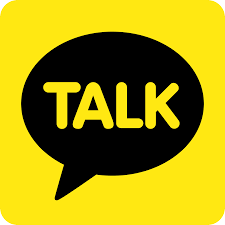
- The characters on Kakao are fun and beloved in Korea (there are even merchandise of them) so be sure to check them out!
- There is also a PC version so you can text from your laptop
- There are downloadable themes to switch it up (I personally use the Apeach theme).
- One thing to remember is that if you add someone as a friend, you have to text them first so that they get the friend notification.
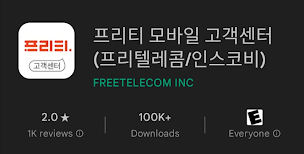
Public Transportation:
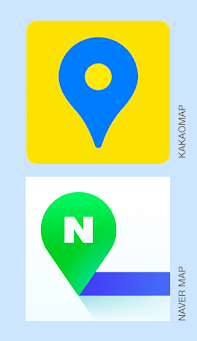
- When the app uses the subway, they will have a number such as xx-yy. This refers to the door number on the platform. So in Korea, each door on the platform has a number (1-1, 1-2….3-1, 3-2…etc), in ascending order. The app will tell you which door to enter on based on your needs (aka the door closest to the escalator near your exit or the door closest to the transfer line). While you don’t have to board that exact cart, you’ll at least know the general area.
- You can sign up for a Naver account and favorite/star locations you want to go or have been! When researching restaurants/cafes etc. you can also look at reviews. Since Naver is one of the biggest search engines in Korea (kind of like Google), most people leave reviews on Naver, giving you a more accurate idea.
- Sometimes you have to input the name of your destination in Korean in order for it to show up (the English translation doesn’t always go through). But once you input the Korean name, the navigation is in English and often the destination names changes to English as well. For this reason, I recommend having the Korean keyboard on your phone and being comfortable with using it.
- When taking the bus, sometimes it can be confusing which side of the road (often buses have their own sidewalks in the middle of the road) to stand for the correct direction. My advice is to find a close landmark that shows up on the map (e.g. a cafe or restaurant), and seeing on the map if the bus heads away or towards it (the blue line). This can help orient yourself and make sure you head in the right direction! Side note, sometimes if you get to a location by taking Bus A for 5 stops in one direction, getting on Bus A for 5 stops in the opposite direction will not always get you home! Therefore, I suggest always checking with your navigation app first.
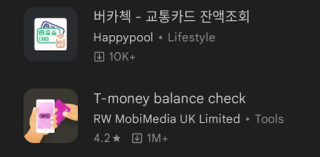
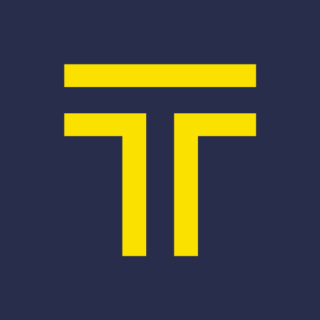
- If you do not have a Korean card, you cannot pay on the app. Instead, you’ll have to pay the driver after the ride is completed. This can be credit/debit card or cash. I’ve heard people say you can also use yout T-money card (make sure you have enough)!
- The time it takes to get a taxi depends on the situation, so for example, 1 am after the club, everyone is trying to get a taxi at the same time and you might not get one.
- You can also try flagging down taxis, it has worked for my friends before. But you never know which taxis are on their way to pick an app user.
Translation:
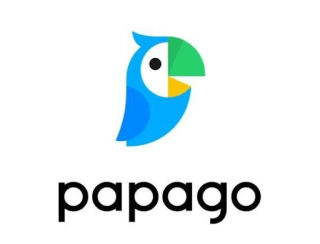
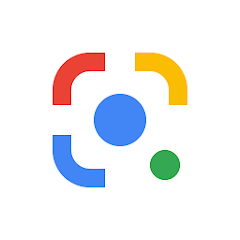
Delivery:
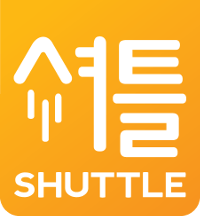
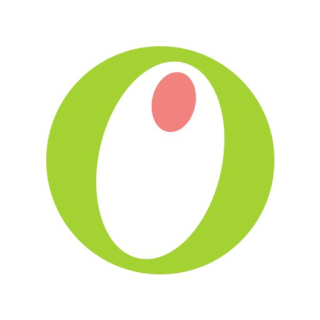

Related Posts
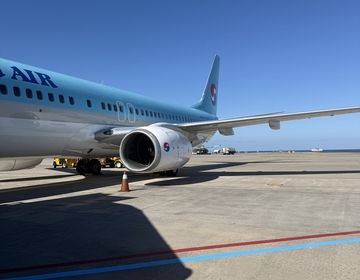
Soul Searching in Seoul: Everything I Learned and What I Wish I Knew
Before I start crafting my “study abroad changed me” answers for friends and family, here are the practical things I wish I’d known. The things that would’ve saved me time... keep reading
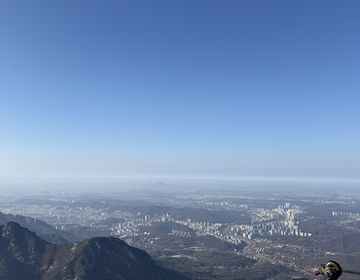
A Seoul Escape to Bukhansan
Get out of the hustle and bustle of Seoul and head to the peak of Bukhansan!
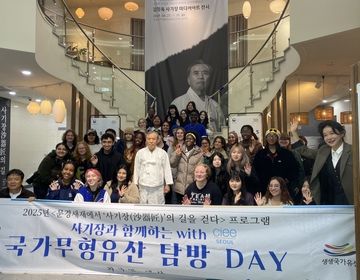
My Time in South Korea Attending Yonsei University: A Life-Changing Chapter
By: Zahrraa Al-Salman Studying abroad had always been a dream of mine—an opportunity to step outside of my comfort zone, immerse myself in a new culture, and deepen my understanding... keep reading
